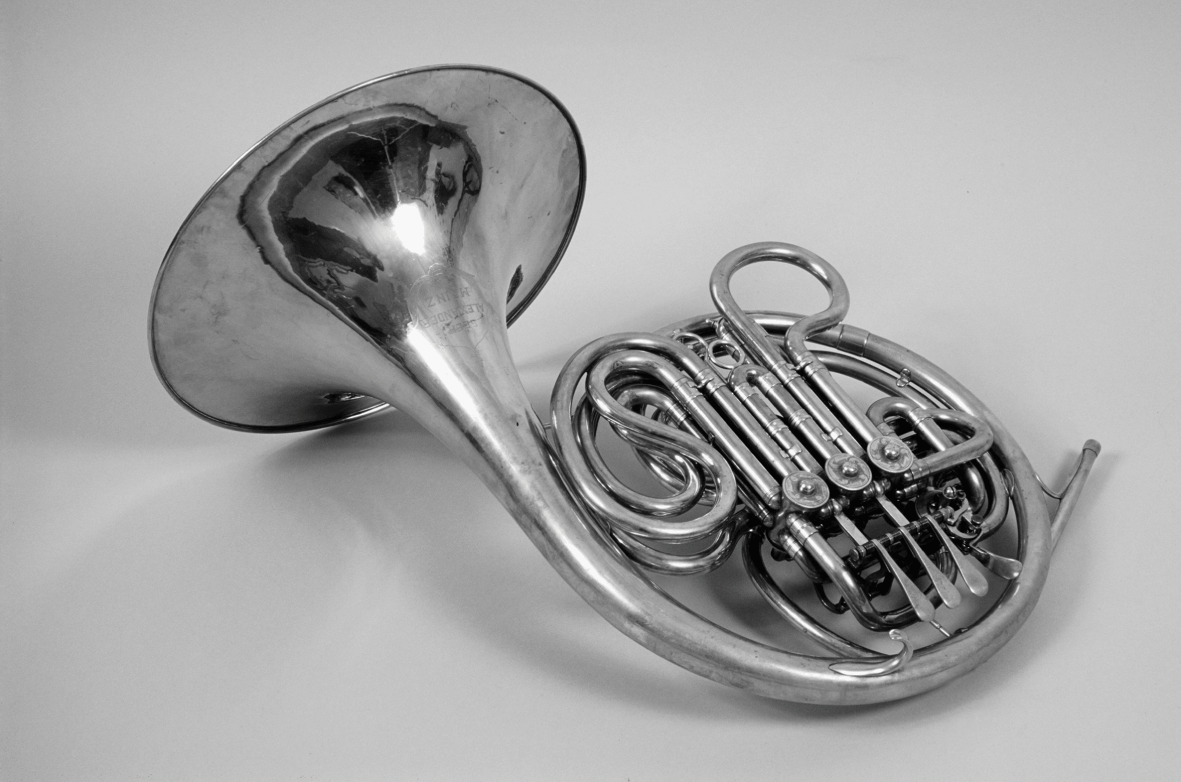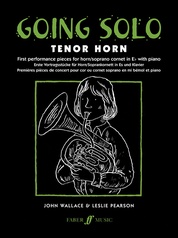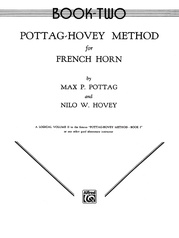

Read more: A History of Horn Choirs in the United StatesĪjouté à un cor en si bémol descendant, un piston ascendant en ut apporte plus de justesse et de facilité dans l'aiguë tout en proposant des doigtés similaires à ceux du cor double en SiB/Fa lorsque ce piston est contrôlé au niveau du pouce.

The New York Times wrote that “.The twenty- four members of the New York Echo Club played a Beethoven hymn and Schantl's 'Hunters Drinking Song'.” 6 The final mention of the club, as believed by Schweikert, was in an obituary in 1921 about an Echo Club member funeral where a “double horn quartet” performed Koschat's “Verlassen”. The last public concert, known to the author, happened on March 8, 1909. 5 This concert was again reviewed positively by the Musical Courier. 4 A year later, on May 4th, 1902, the Echo Club performed on another concert that benefited the clubs sick fund. The next performance, which was reviewed by the Musical Courier, took place on April 28th, 1901 to benefit the Aschenbroedel Vernin sick fund. 3 The Aschenbroedel- Verein served as a sort of musicians union in that day, and the Echo Club was a club for horn players inside of the larger Aschenbroedel club. This ensemble, the Echo Club, was started in New York in 1900 by 44 horn players who were participating in a concert put on by the Aschenbroedel- Verein to raise funds to assist those affected by a hurricane that had damaged Galveston, Texas on September 8th and 9th of that year. 2 This stabilized for many years and eventually evolved into the first organized horn ensemble of more than four horn players. These non-academically affiliated ensembles grew in popularity through numerous performances which lead to the first US horn clubs that centered around the literature for the horn quartet. 1 There are many operas and some ballets featuring hunting horn ensembles, with the “Hunting Chorus” from Der Freischutz leading the way. The idea of the horn ensemble, mainly quartets at this point, arrived in the United States from Europe in ballets and operas. In his publication in The Horn Call, he discusses how the hunting horn tradition, particularly in France and Germany, did not immediately take hold in the United States.

Most of the information about the early history of horn choirs comes from Norman Schweikert. Read more: The Leningrad School of Horn Playing Many talented foreign artists and students at the Court “Kapella" helped to influence and develop the internationally recognized Russian style as we know it today. Petersburg housed the Court “Kapella" which provided musical working grounds through the use of some traditional though unsystematic Russian methods. Aristocrats already involved in the arts continued their support of theaters and chamber orchestras. The role of the arts in Russia at this time was changing and acquiring a new more active and prestigious position. which developed as an important commercial center, upheld the great Bolshoi Theater, and carried on its fine tradition for dramatic arts. Petersburg remained closely related to her sister city, Moscow the original capitol. Originally published in Volume X, No.1, October 1979Ī new cultural center was established in Russia with the birth of St.


 0 kommentar(er)
0 kommentar(er)
